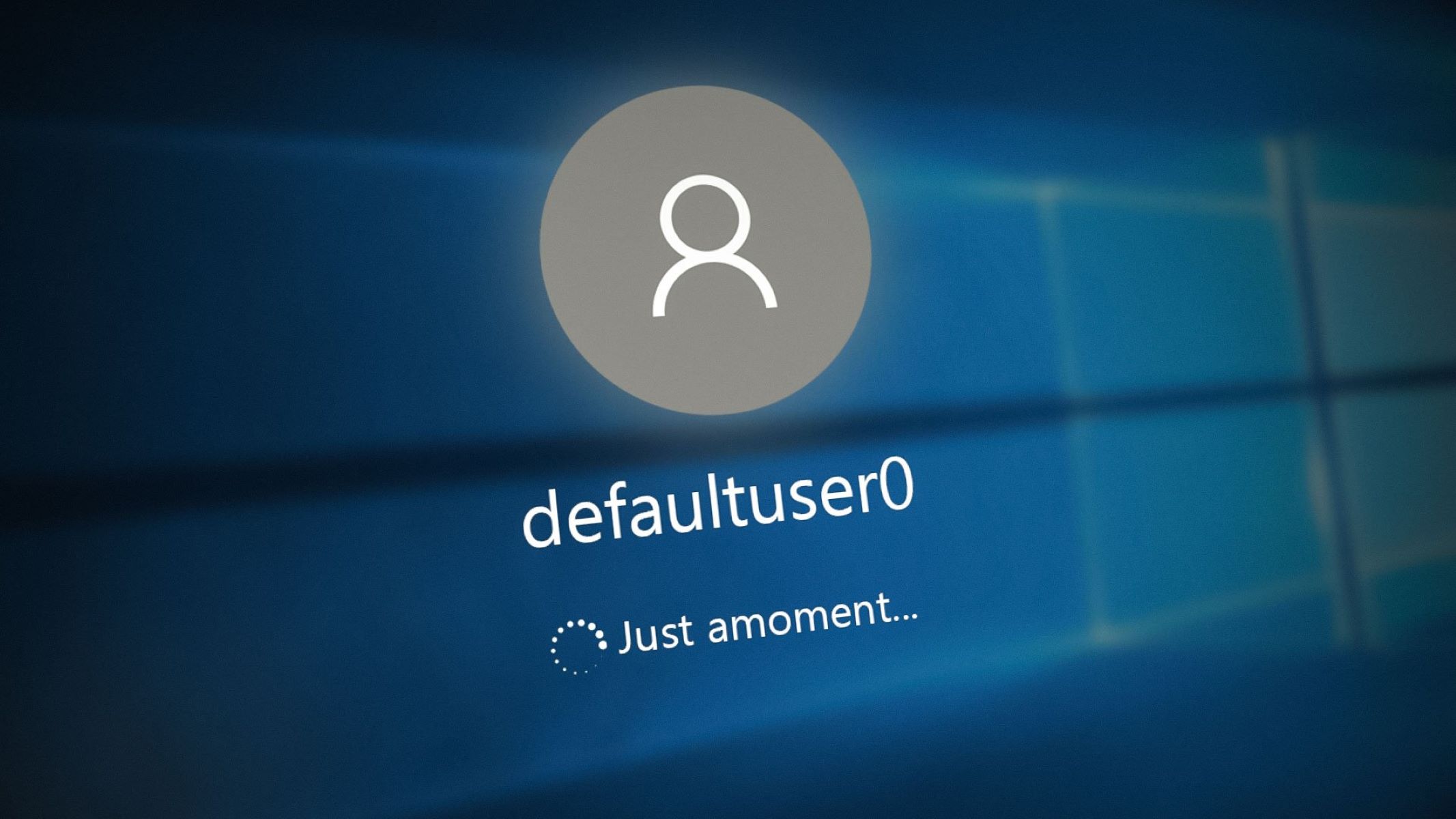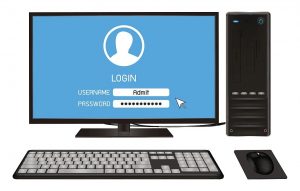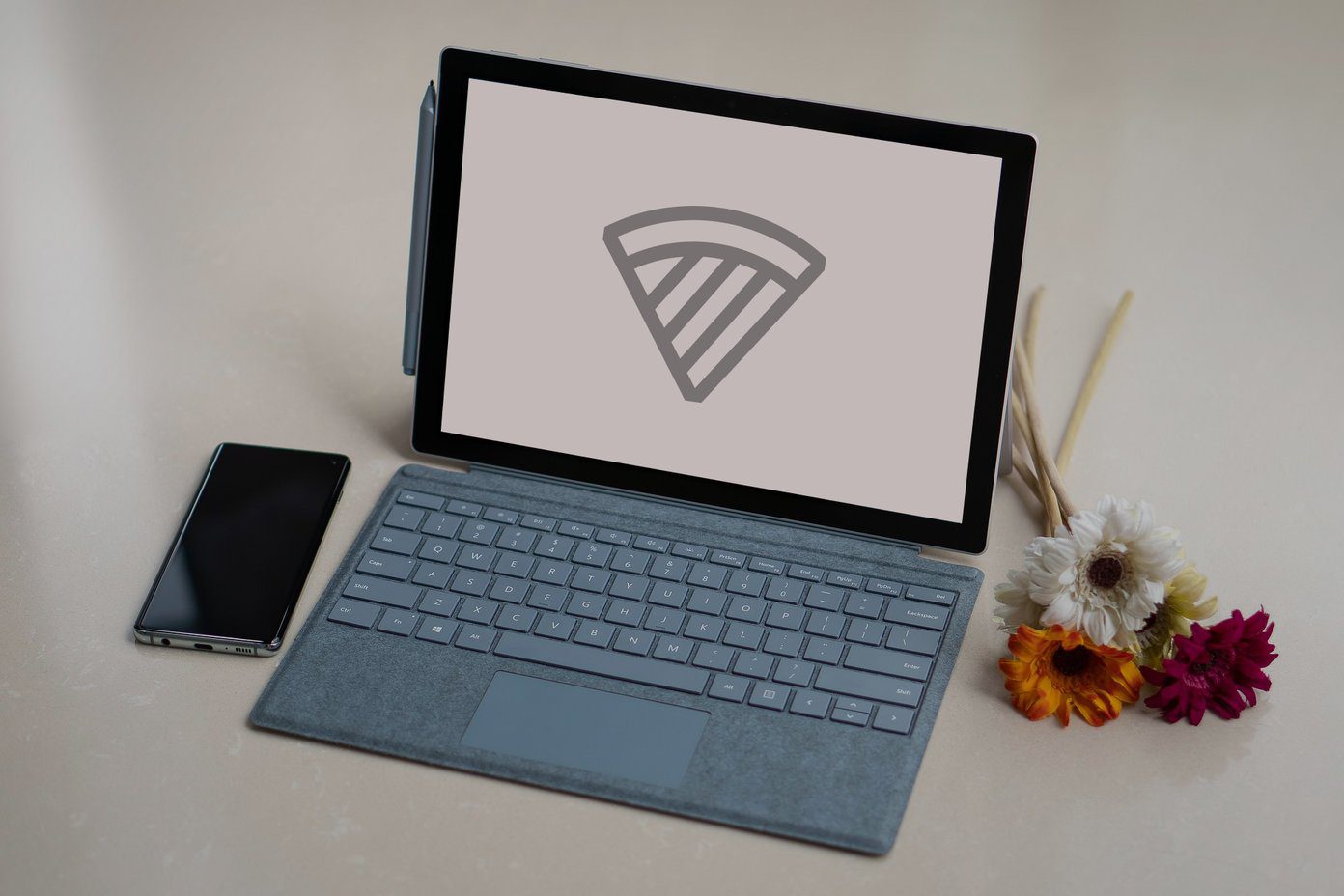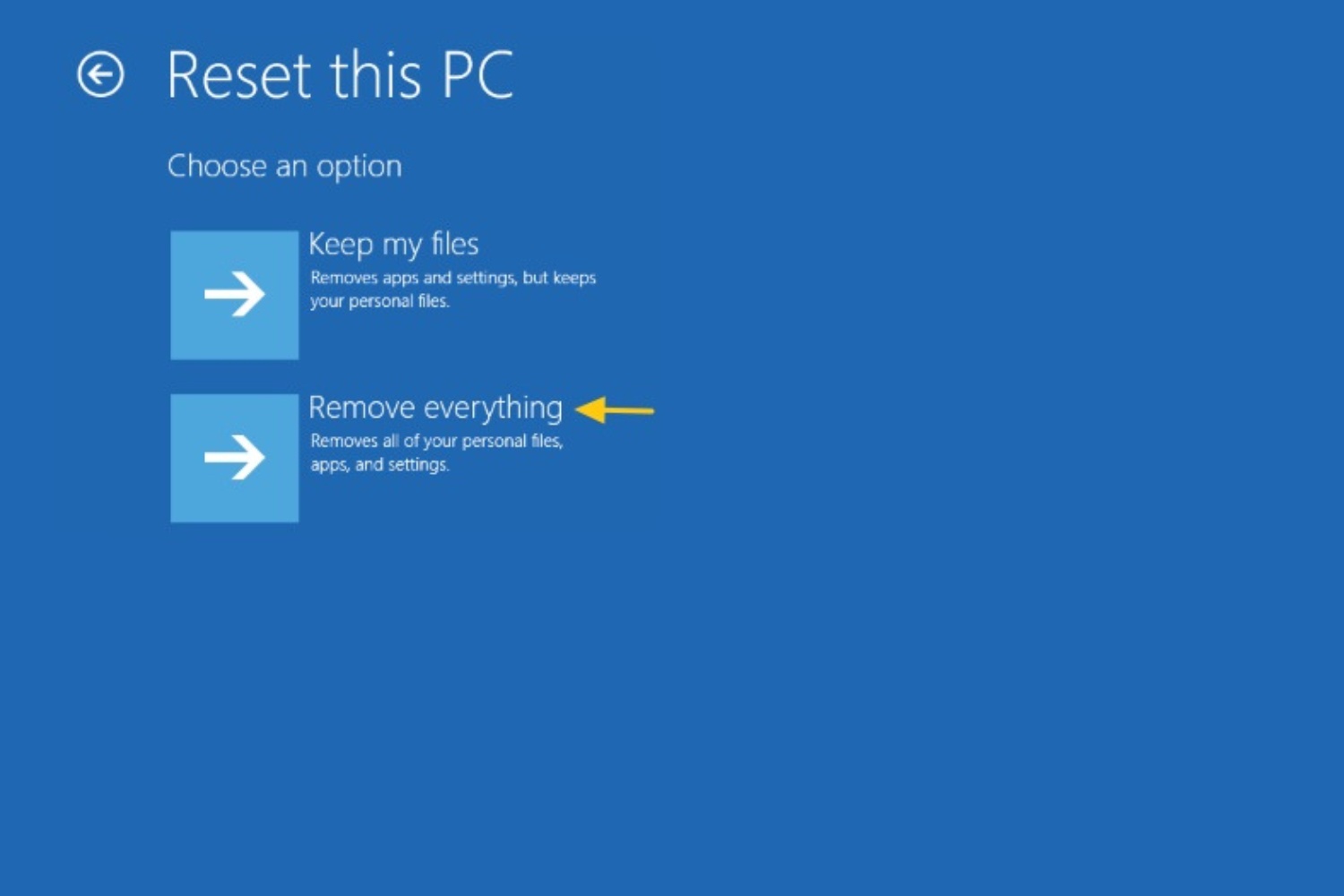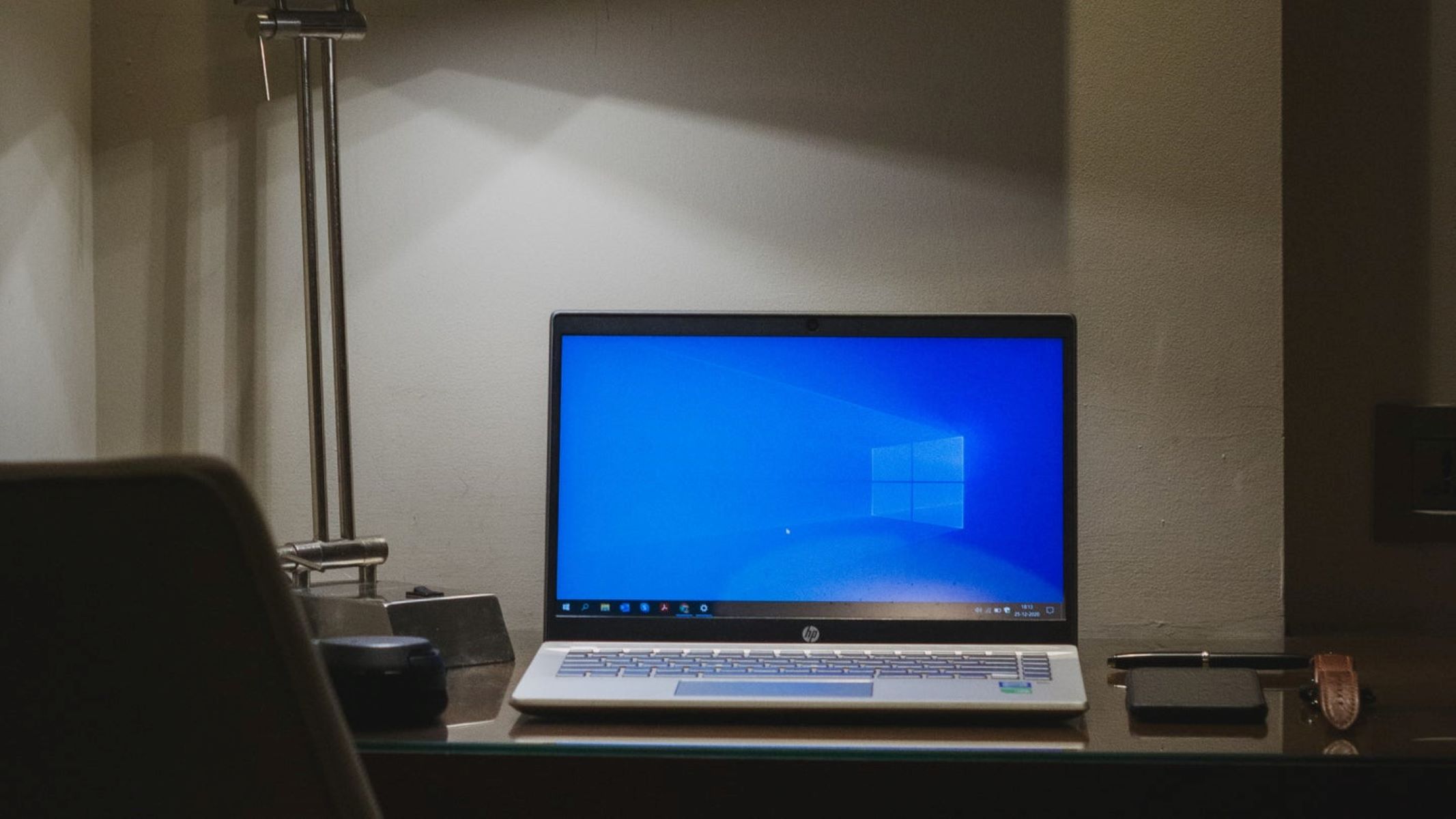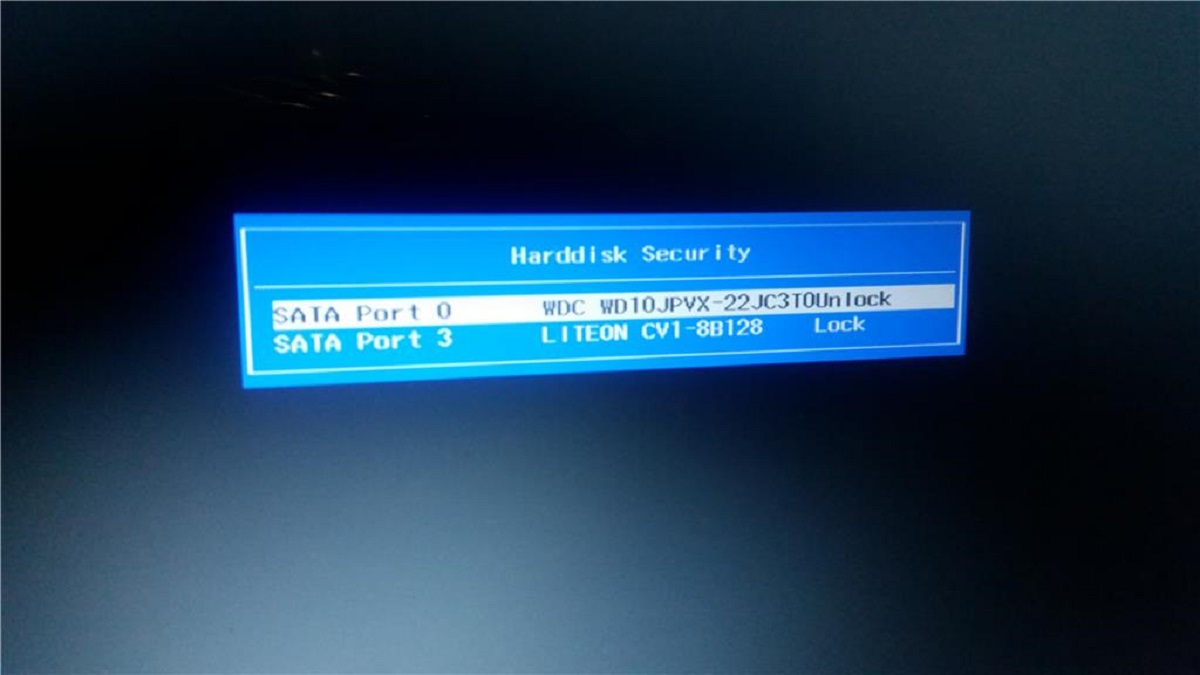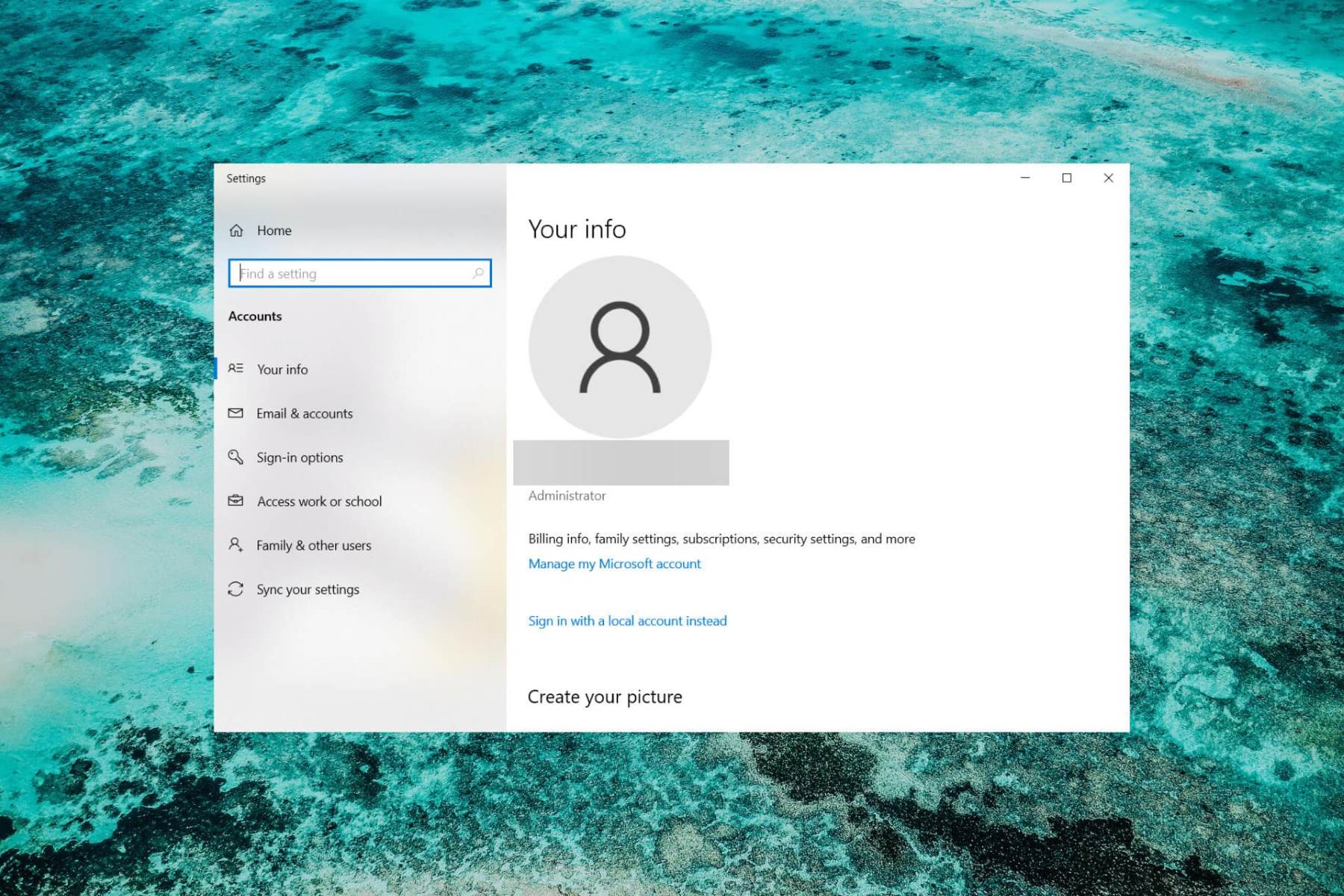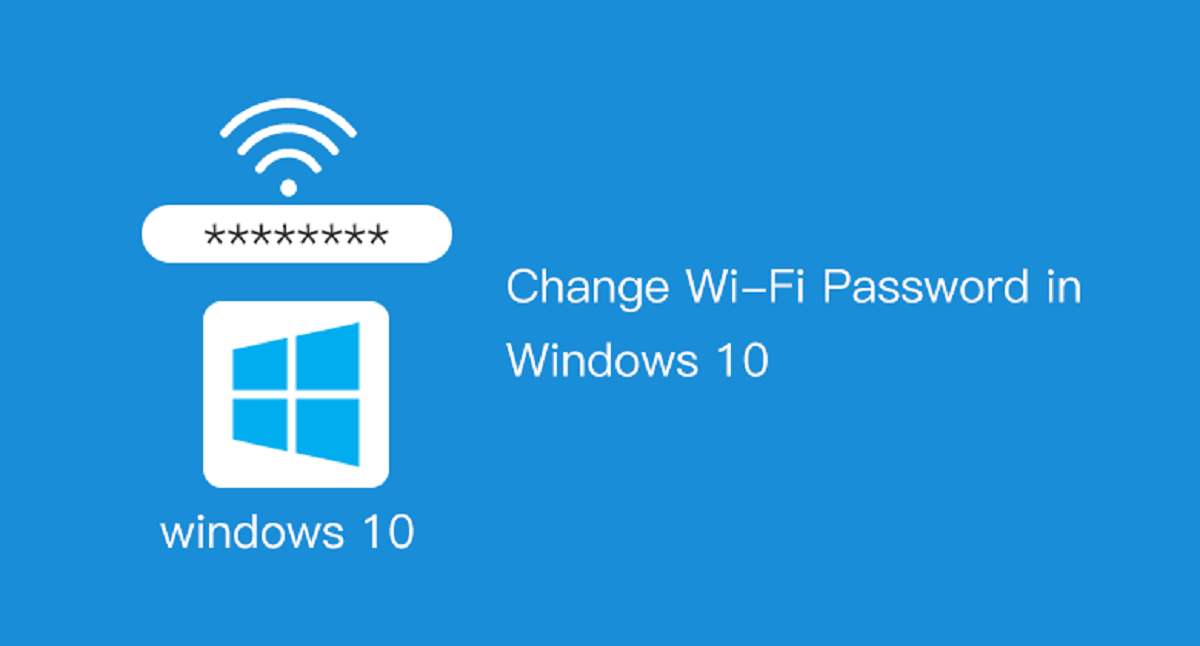Introduction
Forgetting your Windows 10 password can be incredibly frustrating, especially if you need to access important files or documents on your computer. Fortunately, there are several methods you can use to get into Windows 10 without a password. Whether you have a password recovery disk, Windows 10 installation media, or even a Microsoft account, there are solutions available to help you regain access to your computer.
In this article, we will explore various methods that can be used to bypass the Windows 10 password. These methods range from utilizing password recovery disks and Windows 10 installation media to using command prompt and resetting your Microsoft account password. Additionally, we will discuss how to reset your local account password and enable automatic login using Netplwiz.
It is important to note that these methods should only be used on your personal computer, as accessing someone else’s computer without permission is illegal and a violation of their privacy. Additionally, some methods involve resetting passwords, which may result in the loss of encrypted files or data stored on the computer. Therefore, it is always recommended to take appropriate precautions and backup your important data before attempting any of these methods.
Remember that by using these methods, you are responsible for any potential risks or consequences that may arise. It’s always a good idea to seek professional assistance or consult with the relevant support channels if you are unsure about any steps or procedures mentioned in this article.
Now, without further ado, let’s dive into the various methods you can use to get into Windows 10 without a password.
Method 1: Password Recovery Disk
One of the most effective ways to get into Windows 10 without a password is by using a password recovery disk. A password recovery disk is a device, such as a USB flash drive, that contains the necessary tools to help you reset your password and regain access to your computer. It is essential to create this disk beforehand, as you won’t be able to use it if you forget your password.
To create a password recovery disk, follow these steps:
- Insert a USB flash drive into your computer.
- Click on the “Start” menu and open the “Control Panel.”
- Select “User Accounts” and then “User Accounts” again.
- In the left sidebar, click on “Create a password reset disk.”
- Follow the on-screen instructions to create the password recovery disk.
Once you have created the password recovery disk, you can use it to reset your Windows 10 password. Here’s how:
- Start your computer and enter an incorrect password on the login screen.
- You will see a “Reset password” link appear; click on it.
- Insert the password recovery disk into the USB port.
- Follow the on-screen instructions to reset your password.
After completing these steps, you should be able to access your Windows 10 computer without entering a password. It is important to note that the password recovery disk can only be used to reset local account passwords and not Microsoft account passwords, which will be discussed in a later method.
Using a password recovery disk is a handy method to regain access to your computer, but remember to keep the disk in a safe place and update it if you change your password. Additionally, if you do not have a password recovery disk, it is recommended to create one as soon as possible to avoid being locked out of your computer in the future.
Method 2: Windows 10 Installation Media
If you don’t have a password recovery disk, another effective method to get into Windows 10 without a password is by using Windows 10 installation media. Windows 10 installation media is a USB drive or DVD that contains the installation files for Windows 10. By booting from this media, you can access the Advanced Startup Options, which allows you to bypass the password and regain access to your computer.
To create Windows 10 installation media, follow these steps:
- Insert a USB drive or insert a blank DVD into your computer.
- Go to the official Microsoft website and download the Windows 10 Media Creation Tool.
- Run the Media Creation Tool and select “Create installation media for another PC.”
- Follow the on-screen instructions to choose the language, architecture, and edition of Windows 10.
- Select either the USB flash drive or ISO file option, depending on whether you want to create a bootable USB drive or burn a DVD.
- Click “Next” and wait for the tool to create the Windows 10 installation media.
Once you have created the Windows 10 installation media, you can use it to bypass the Windows 10 password. Here’s how:
- Insert the Windows 10 installation media into the USB port or DVD drive of your computer.
- Restart your computer and boot from the installation media.
- When the Windows Setup screen appears, press Shift+F10 to open the Command Prompt.
- In the Command Prompt, type
copy c:\windows\system32\sethc.exe c:\to create a backup of the Sticky Keys executable file. - Then, enter the command
copy c:\windows\system32\cmd.exe c:\windows\system32\sethc.exeto replace the Sticky Keys executable file with the Command Prompt. - Restart your computer and go back to the Windows 10 login screen.
- Press the Shift key five times to open the Command Prompt.
- In the Command Prompt, type
net user [your_username] [new_password]to reset your password.
After following these steps, you should be able to access your Windows 10 computer without a password. Remember to remove the Windows 10 installation media once you have regained access to your computer.
Using Windows 10 installation media is a powerful method to bypass the Windows 10 password, but it requires some technical knowledge and careful execution. Make sure to follow the steps accurately and take necessary precautions to avoid any unintended consequences.
Method 3: Command Prompt
If you have some basic knowledge of Command Prompt and prefer a command-line approach, you can use this method to get into Windows 10 without a password. Command Prompt is a powerful tool that allows you to execute various commands and perform administrative tasks.
Here’s how you can use Command Prompt to bypass the Windows 10 password:
- Start your computer and press the “Shift” key repeatedly until the Advanced Startup Options menu appears.
- Select “Troubleshoot” and then “Advanced options.”
- Choose “Command Prompt” from the list of options.
- In the Command Prompt, type
copy c:\windows\system32\sethc.exe c:\to create a backup of the Sticky Keys executable file. - Next, enter the command
copy c:\windows\system32\cmd.exe c:\windows\system32\sethc.exeto replace the Sticky Keys executable file with the Command Prompt. - Restart your computer and go back to the Windows 10 login screen.
- Press the “Shift” key five times to open the Command Prompt.
- In the Command Prompt, type
net user [your_username] [new_password]to reset your password.
After following these steps, the password for your Windows 10 account will be reset, allowing you to access your computer without a password. It’s important to note that this method only works for local accounts and not Microsoft accounts, which will be covered in a later method.
Using Command Prompt to bypass the Windows 10 password requires some technical knowledge and precision. Make sure to follow the commands accurately and exercise caution to avoid any unintended consequences. It is also recommended to create a password recovery disk or backup your important files before attempting this method.
If you are not familiar with Command Prompt or feel uncomfortable using it, it is advisable to explore other methods to regain access to your Windows 10 computer without a password.
Method 4: Microsoft Account Password Reset
If you are using a Microsoft account to log in to Windows 10, you can reset your password online through the Microsoft website. This method is particularly useful if you have forgotten your Microsoft account password and need to regain access to your Windows 10 computer.
Follow these steps to reset your Microsoft account password:
- On any device with internet access, go to the Microsoft account password reset page (account.live.com/password/reset).
- Select the reason why you need to reset your password and click “Next.”
- Enter the email address or phone number associated with your Microsoft account, and fill in the Captcha characters as shown.
- Click “Next” to receive a security code. This code will be sent to your alternate email address or phone number.
- Retrieve the security code and enter it on the password reset page. Click “Next” to proceed.
- Enter a new password for your Microsoft account and confirm it.
- Click “Next” to complete the password reset process.
Once you have reset your Microsoft account password, you can use the new password to log in to your Windows 10 computer.
It’s important to note that changing your Microsoft account password may also affect other devices or services associated with your Microsoft account, such as your email, Xbox Live, and OneDrive. Make sure to update the password on all your devices and services to ensure they remain synchronized and accessible.
If you have enabled synchronization between your Microsoft account and your Windows 10 computer, the new password should automatically be applied to your computer upon connecting to the internet. However, if you are unable to log in with the new password, you may need to restart your computer or disconnect and reconnect your internet connection to trigger the synchronization process.
Resetting your Microsoft account password is a convenient way to regain access to your Windows 10 computer if you have forgotten your password. However, it’s important to keep your account information secure and regularly update your password to ensure the safety of your personal data.
Method 5: Local Account Password Reset
If you are using a local account to log in to Windows 10 and have forgotten your password, you can use this method to reset it and regain access to your computer. Unlike a Microsoft account, which requires an internet connection to reset the password, resetting a local account password can be done directly from within Windows 10.
Here’s how you can reset a local account password:
- On the Windows 10 login screen, click on “Reset password” below the password field.
- Enter the email address associated with your Microsoft account.
- Provide the characters of the CAPTCHA image and click “Next.”
- Choose whether to receive a security code via email or phone call. Select the option that is most convenient for you.
- Retrieve the security code and enter it on the password reset page.
- Follow the on-screen instructions to create a new password for your local account.
- Click “Next” to complete the password reset process.
Once you have successfully reset the local account password, you can use the new password to log in to your Windows 10 computer.
It’s important to note that resetting the local account password may result in the loss of any encrypted files or data associated with the account. If you have encrypted files, make sure you have a backup or recovery option in place before proceeding with the password reset. Additionally, it is always recommended to create a password recovery disk or backup your important files to prevent being locked out of your computer in the future.
If you are unable to reset your local account password using the above method, you may need to seek professional assistance or refer to the official Microsoft support channels for further guidance. They can provide you with specific instructions based on your computer’s configuration and circumstances.
Resetting a local account password is a straightforward process and can help you regain access to your Windows 10 computer if you have forgotten the password. However, it’s important to remember to keep your passwords secure and regularly update them to ensure the safety of your personal data.
Method 6: Automatic Login with Netplwiz
If you prefer not to enter a password every time you start your Windows 10 computer, you can use the Netplwiz utility to enable automatic login. This method allows Windows 10 to bypass the login screen and log you in automatically, without requiring a password.
Here’s how you can set up automatic login using Netplwiz:
- Press the Windows key + R to open the Run dialog box.
- Type “netplwiz” and hit Enter.
- The User Accounts window will appear. Uncheck the box that says “Users must enter a username and password to use this computer.”
- Click on the “Apply” button.
- A new window will pop up, asking you to enter the username and password of the account you want to log in automatically.
- Enter the correct username and password combination and click “OK.”
- Click “OK” again to save the changes.
From now on, your Windows 10 computer will automatically log in to the specified account without requiring a password.
It’s important to note that enabling automatic login poses a potential security risk, as anyone who has physical access to your computer will be able to access your account and all its associated data. Therefore, it is strongly recommended to use this method only on personal computers in secure environments.
If you change your mind and want to disable automatic login or switch to a different account, you can repeat the steps outlined above and check the box that says “Users must enter a username and password to use this computer.”
Enabling automatic login using Netplwiz can be a convenient option if you don’t want to enter a password every time you start your Windows 10 computer. Remember to weigh the security implications and use this method responsibly.
Conclusion
Forgetting your Windows 10 password can be a frustrating experience, but fortunately, there are several methods available to help you regain access to your computer. In this article, we explored six different methods to get into Windows 10 without a password.
We covered the use of a password recovery disk, Windows 10 installation media, and Command Prompt to bypass the password. Additionally, we discussed how to reset your Microsoft account password and reset a local account password. Lastly, we explored the option of enabling automatic login using Netplwiz.
It’s important to remember that these methods should only be used on personal computers for which you have the legal authority to access. Attempting to access someone else’s computer without permission is illegal and a violation of their privacy.
When using any of these methods, it’s crucial to exercise caution and follow the instructions accurately. Keep in mind that some methods may result in the loss of encrypted files or data, so it’s always advisable to have backups in place.
If you encounter any difficulties or uncertainties, it’s recommended to seek professional assistance or consult the official Microsoft support channels for additional guidance.
In conclusion, forgetting your Windows 10 password doesn’t have to be a complete roadblock. By utilizing the methods discussed in this article, you can regain access to your computer and continue using it without the need for a password. Remember to stay safe, secure your account information, and regularly update your passwords to ensure the protection of your personal data.







